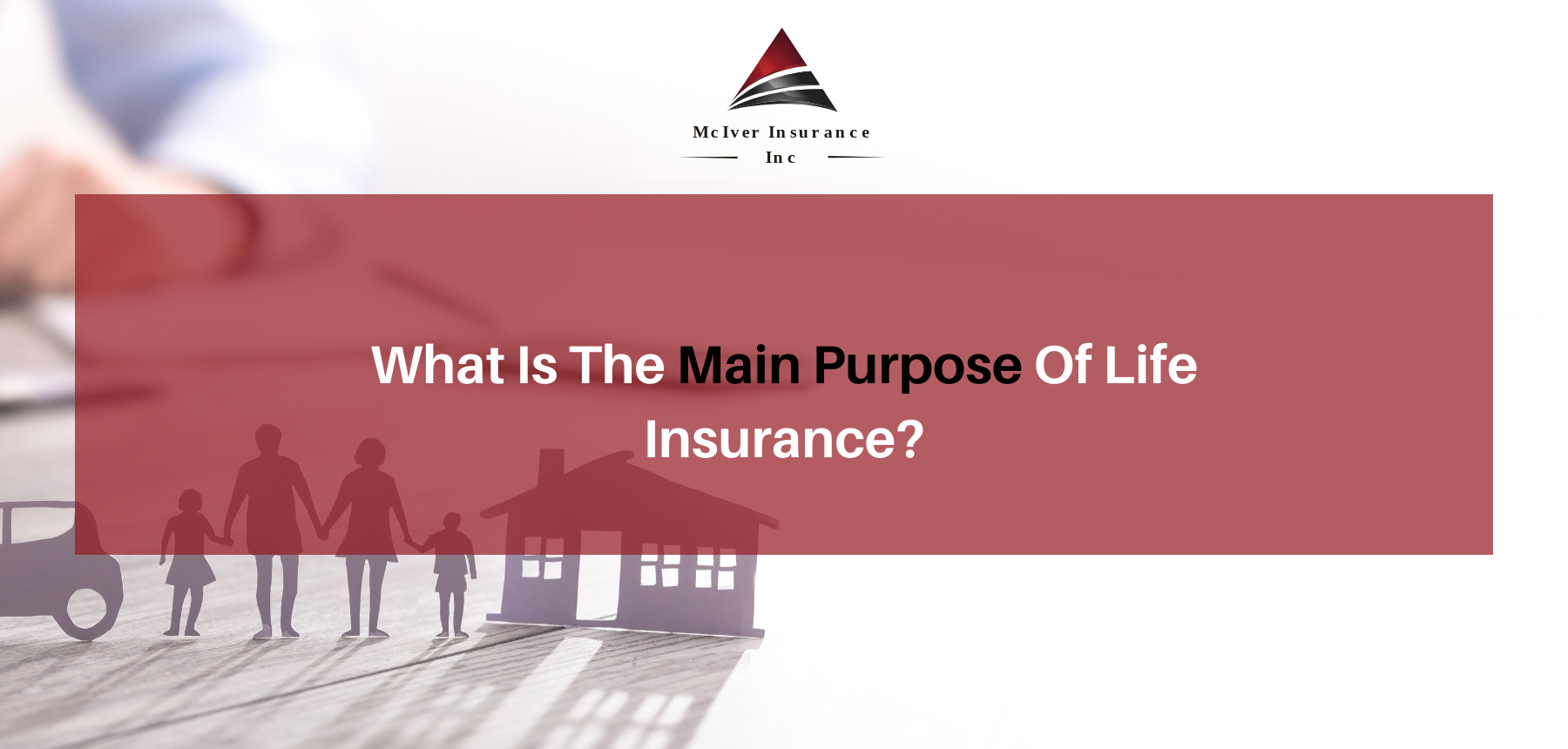Pacific Prime Things To Know Before You Buy
Pacific Prime Things To Know Before You Buy
Blog Article
Getting The Pacific Prime To Work
Table of ContentsThe Best Guide To Pacific PrimeSome Known Details About Pacific Prime Fascination About Pacific PrimeThe Best Guide To Pacific PrimeSome Known Questions About Pacific Prime.

This is since the data were gathered for a duration of strong financial performance. Of the approximated 42 million people that were uninsured, just about about 420,000 (concerning 1 percent) were under 65 years old, the age at which most Americans come to be qualified for Medicare; 32 million were grownups between ages 18 and 65, about 19 percent of all grownups in this age; and 10 million were youngsters under 18 years of age, about 13.9 percent of all kids (Mills, 2000).
These quotes of the variety of persons uninsured are generated from the yearly March Supplement to the Existing Populace Survey (CPS), performed by the Census Bureau. Unless otherwise kept in mind, national quotes of people without medical insurance and percentages of the populace with different kinds of insurance coverage are based upon the CPS, one of the most commonly used resource of quotes of insurance policy protection and uninsurance rates.
How Pacific Prime can Save You Time, Stress, and Money.

Still, the CPS is especially beneficial since it generates yearly estimates fairly rapidly, reporting the previous year's insurance protection estimates each September, and because it is the basis for a consistent collection of price quotes for more than 20 years, enabling for analysis of patterns in insurance coverage in time. For these factors, along with the extensive use the CPS in other research studies of insurance protection that are presented in this report, we depend on CPS estimates, with restrictions noted.

The price quote of the number of without insurance individuals increases when a populace's insurance coverage standing is tracked for several years. Over a three-year period starting early in 1993, 72 million people, 29 percent of the united state population, were without coverage for at least one month. Within a solitary year (1994 ), 53 million individuals experienced at the very least a month without protection (Bennefield, 1998a)
Six out of every ten without insurance adults are themselves employed. Functioning does boost the likelihood that one and one's family members will have insurance, it is not a warranty. Even members of family members with two full-time breadwinner have nearly a one-in-ten opportunity of being without insurance (9.1 percent uninsured rate) (Hoffman and Pohl, 2000).
Getting My Pacific Prime To Work
New immigrants make up a considerable proportion of individuals without medical insurance. One analysis has associated a substantial part of the recent growth in the dimension of the united state uninsured populace to immigrants that arrived in the nation in between 1994 and 1998 (Camarota and Edwards, 2000). Recent immigrants (those that pertained to the United States within the past four years) do have a high rate of being without insurance (46 percent), yet they and their kids make up just 6 percent of those without insurance coverage across the country (Holahan et al., 2001).
The partnership between medical insurance and accessibility to care is well developed, as recorded later in this phase. Although the relationship in between health insurance coverage and health and wellness end results is neither straight nor basic, a considerable clinical and health and wellness solutions study literary works web links health insurance policy protection to better accessibility to care, much better top quality, and improved individual and population health status.
Levels of analysis for analyzing the results of uninsurance. It focuses specifically on those without any health and wellness insurance for any size of time.
Unknown Facts About Pacific Prime
The troubles faced by the underinsured remain in some areas similar to those encountered by the uninsured, although they are generally much less severe. expat insurance. Uninsurance and underinsurance, nonetheless, involve distinctly various policy problems, and the techniques for resolving them might vary. Throughout this research and the 5 reports to comply with, the main focus is on persons without medical insurance and thus no aid in paying for wellness treatment beyond what is available through charity and safety and security web institutions
Medical insurance is a powerful factor influencing receipt of care since both clients and doctors respond to the out-of-pocket cost of services - https://experiment.com/users/pacificpr1me. Health insurance, nevertheless, is neither needed neither adequate to get to medical solutions. Nevertheless, the independent and straight effect of medical insurance coverage on accessibility to wellness solutions is well established.
Others will obtain the health and wellness treatment they require even without medical insurance, by paying for it out of pocket or seeking it from providers that provide treatment complimentary or at very subsidized rates. For still others, medical insurance alone does not make sure invoice of treatment due to the fact that of various other nonfinancial barriers, such as an absence of wellness care suppliers in their community, restricted click this access to transportation, illiteracy, or linguistic and social distinctions.
Getting My Pacific Prime To Work
Formal research study concerning without insurance populaces in the USA dates to the late 1920s and very early 1930s when the Board on the Price of Treatment produced a series of reports concerning financing medical professional workplace sees and hospitalizations. This concern became prominent as the varieties of medically indigent climbed up during the Great Anxiety.
Report this page